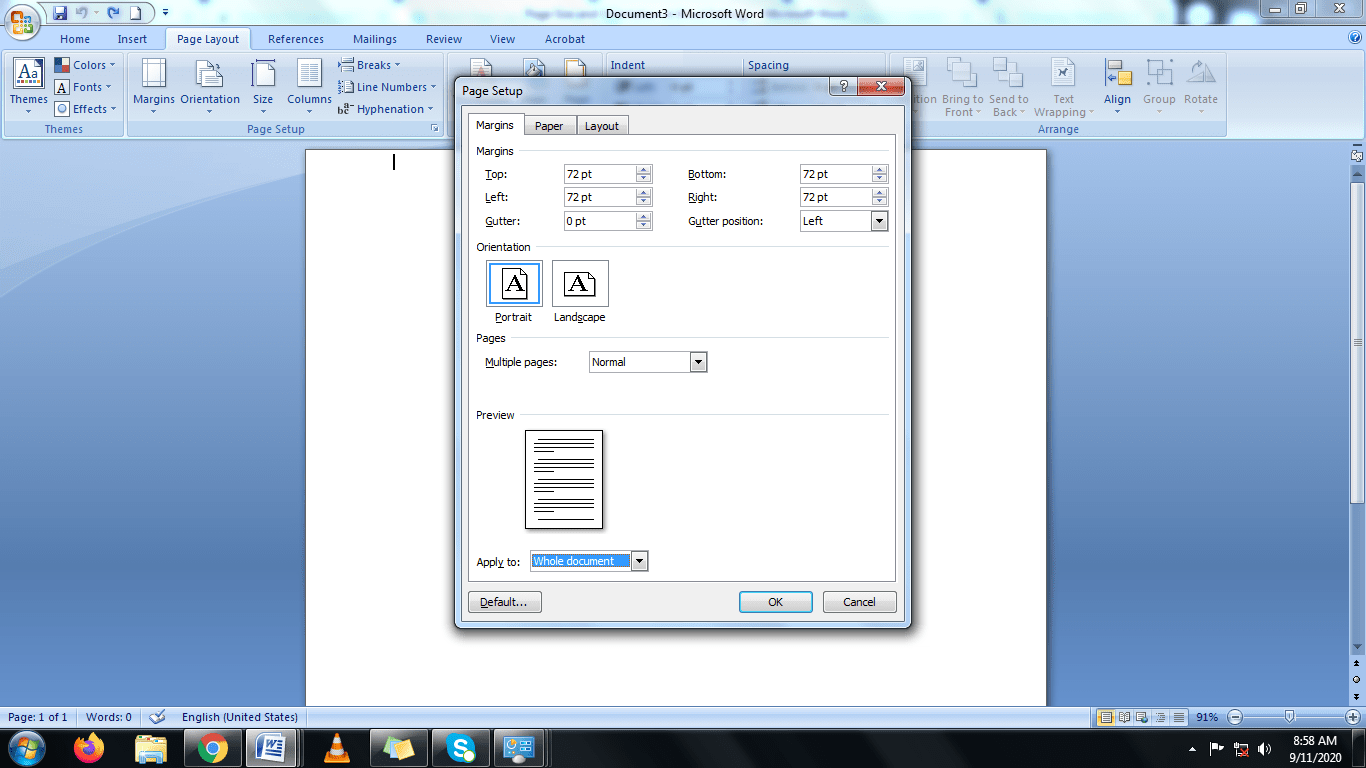
In the Format list, choose a format for the category you just selected.In the Category list, select the category you want, such as currency, date, or text.The Number Format dialog box opens for you to set options for various categories of numerical data.

Select the cells to format, then right-click and select Number Format from the pop-up menu. Number recognition option can be enabled under Tools > Options > Writer > Table. If number recognition is selected, numbers are automatically bottom-right aligned. Number recognition specifies that numbers in a text table are recognized and formatted as numbers.

For example, cells can be set to display in a particular currency, to four decimal places, or in a particular date format. The number format can be set for a whole table or group of cells. Right-click in the selected area and select Cell > Center, Top, or Bottom in the pop-up menu to vertically align the text as desired.Place the cursor in the cell you wish to change, or click and drag to select multiple cells.To vertically align the text in specific cells: You can change the default for the entire table, as described above, or for individually selected cells. The cure is to make sure the table is defined without a heading row.īy default, text entered into a table is aligned to the top-left of the cell. A one-row table (often used for page layout purposes), if set up with the default of including a heading, will not break across pages. The most common setting is Left to right for Western languages.Ī table heading row can not span two pages, but any other row can. Use the Text direction list to select the direction for the text in the cells.A complicated table may need two or three heading rows to be easily read and understood. Use the Repeat heading option, and its associated numbers box, to select the number of table heading rows that will be repeated on each page.Use the Keep with next paragraph option to keep the table and an immediately following paragraph together if you insert a page break.Keep each row on one page by deselecting the Allow row to break across pages and columns option.If this item is deselected, the next item is not active. Keep a table on one page by deselecting the Allow table to split across pages and columns option.As with any page break, you can also reset the page numbers using the Page number box. If you insert a page break before the table (that is, start the table on a new page), you can also change the page style that will go with it by checking the With Page Style box and selecting a new page style. Use the Text Flow: Break option, combined with the Page or Column and the Before or After buttons. Insert a page or column break either before or after the table.On the Text Flow page of the Table Format dialog box, you can: You can format each cell independently of other cells, or you can simultaneously format a group of cells by selecting them before applying the desired formatting.
#Rotate page in word page number on bottom manual#
You can apply manual formatting as with any other paragraph in the text, but it is highly recommended, for the sake of consistency and ease of maintenance, that you define your own paragraph and character styles.īesides the paragraph and character styles, there are other aspects to consider when placing text in a table cell such as text flow, alignment and orientation. Subsequent pages.Once the table layout is satisfactory, you can move on to formatting the text in the individual cells.

Select This Point Forward, and then click OK.

This content has been archived, and is no longer maintained by Indiana University.


 0 kommentar(er)
0 kommentar(er)
